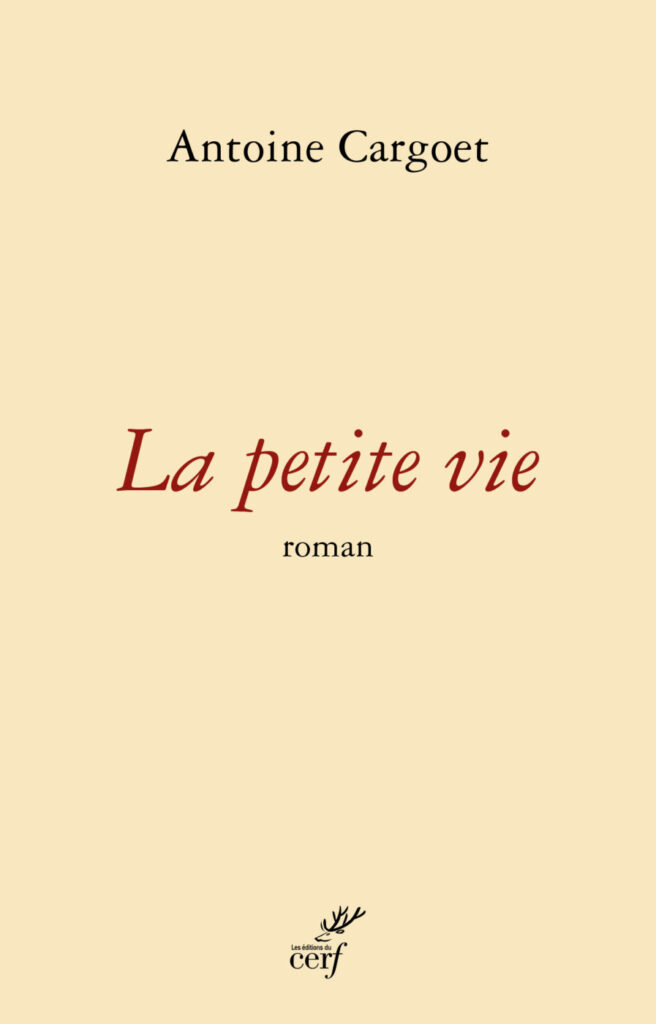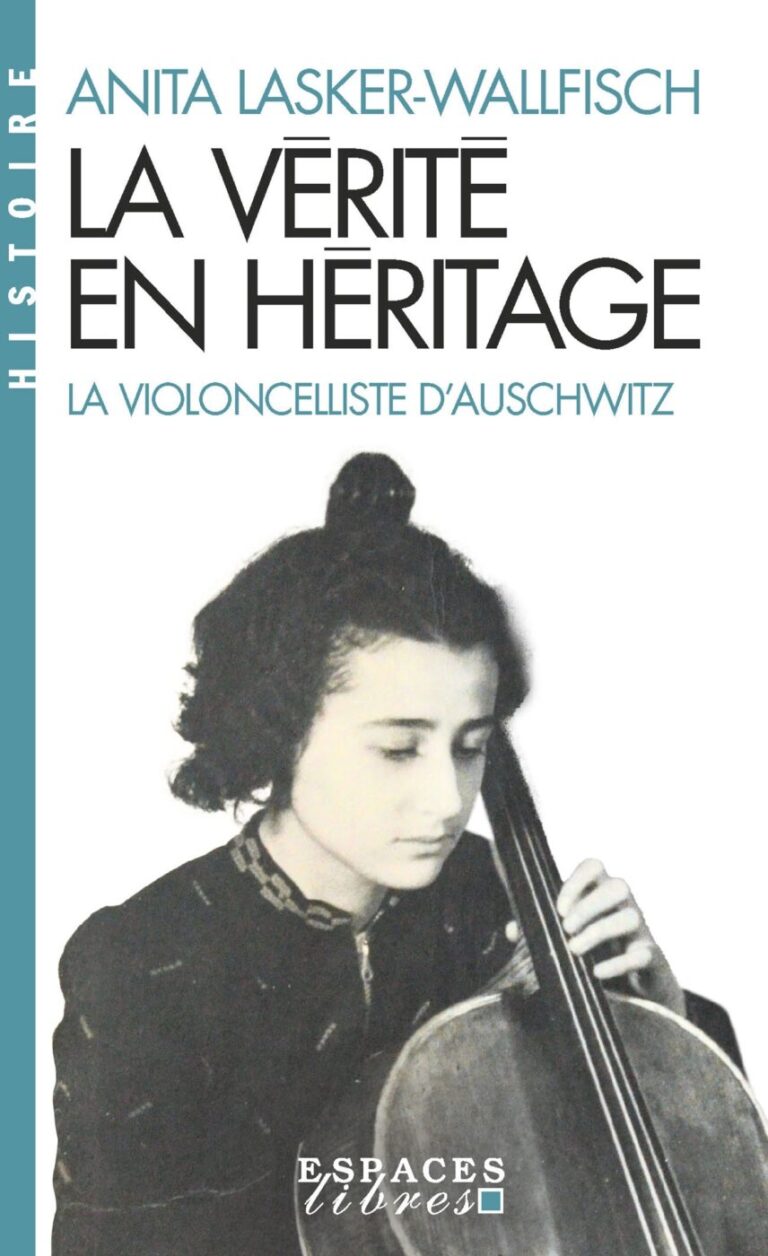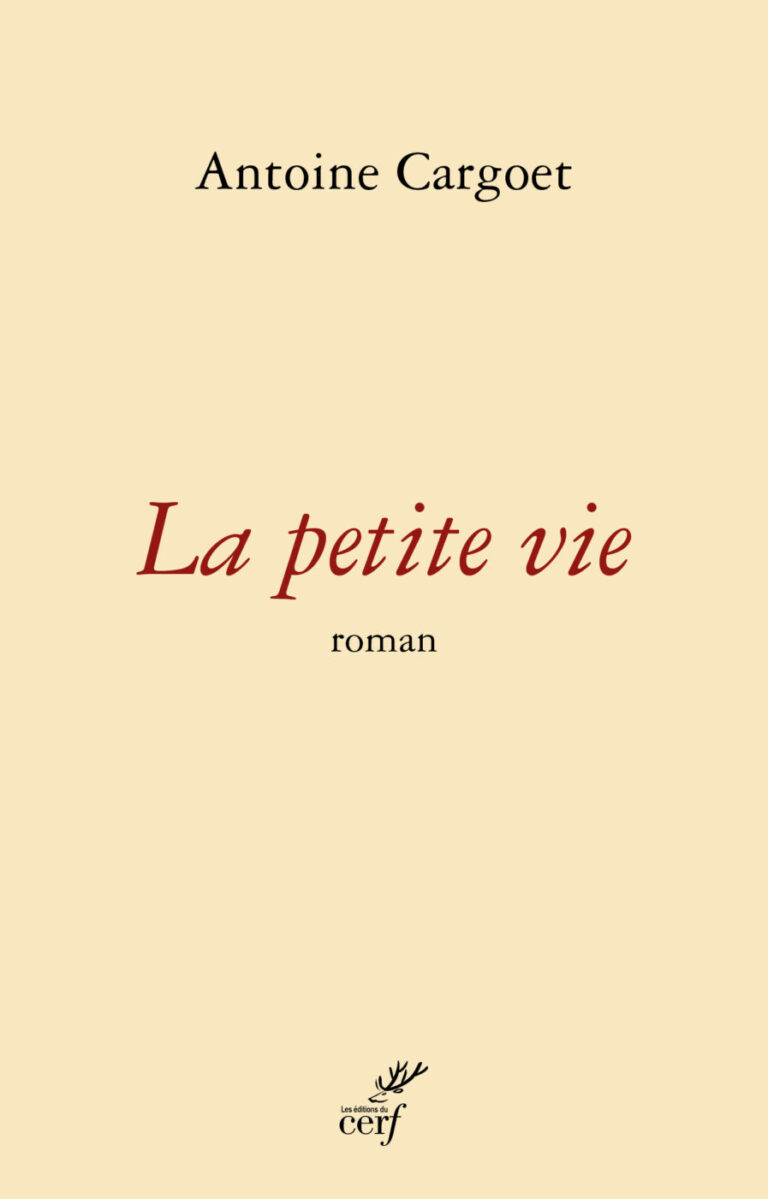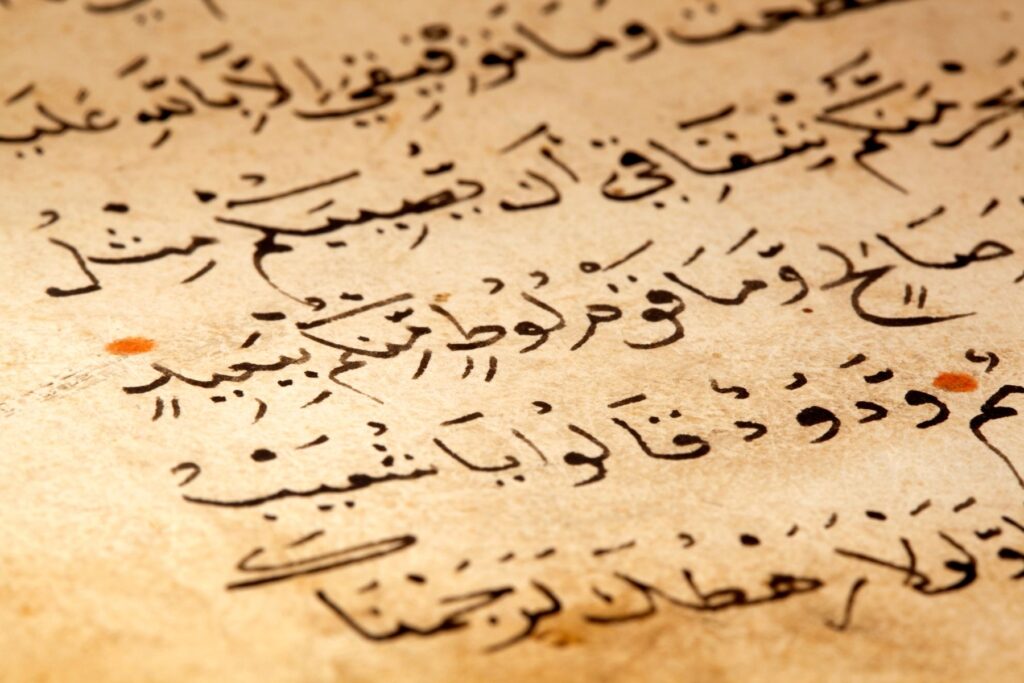Sur le modèle d’Albert Schweitzer et plus tard d’Ed Parish Sanders, qui ont travaillé sur ce qui est appelé la “troisième quête”, James D. Tabor envisage le Jésus historique d’une nouvelle manière. Pour mieux comprendre sa personnalité et les débuts de son mouvement, il se met en quête de la “Marie historique”, qui est pour lui le véritable point de départ du christianisme.
Marie est, comme le souligne James Tabor, la personnalité la plus oubliée de l’histoire, mais paradoxalement, elle en est aussi l’une des femmes les plus connues. Dans ce nouvel essai, “Marie : De son enfance juive à la fondation du Christianisme”, James D. Tabor tente de démystifier la mère du Christ, en lui rendant son humanité de femme juive. Il crée ce qu’il appelle “une anti-narration mariale”, ayant pour but de retrouver la personnalité de la véritable Marie. Il dénonce un effacement intentionnel de son histoire par les premiers chrétiens afin de la hisser au rang de déesse, de mythe virginal inatteignable. Il essaie de retracer sa vie, qui est souvent cantonnée à la naissance et à la mort de son fils Jésus. Il lui rend sa jeunesse à Sepphoris marquée par le tempérament d’Hérode le Grand et les émeutes d’après sa mort ; il lui rend ses huit enfants, sa sexualité, et son indépendance.
Cet essai est une parfaite introduction pour le grand public aux différentes méthodes de criticisme théologique. Cependant, certaines théories que James Tabor semble adopter manquent de support historique et de sources primaires. L’auteur, qui est connu pour les polémiques qu’ont déclenché certains de ses écrits, expose plusieurs théories qui bien qu’elles soient fort intéressantes, relèvent plus de l’imagination que de la réalité.
En revanche, son chapitre “Sur les traces de Pantera” est un coup d’éclat. Comme le souligne l’auteur, bien que le lien entre la tombe de ce soldat romain et Marie ne soit pas attesté, et qu’il n’est pas prouvé que Jésus ait eu pour père biologique un homme nommé Pantera, l’existence de cette tombe nourrit de nombreux fantasmes. Surtout, elle ouvre la porte à une facette de Marie jusque-là inexplorée : sa passion amoureuse et sexuelle. Le fait que Marie ait pu avoir une relation et concevoir un enfant avec un homme qui ne partageait ni sa foi, ni ses origines, par amour, la rend plus humaine, plus réelle. J. Tabor écrit que c’est “dans le secret de son cœur et dans le libre choix du père de Jésus, que nous touchons à l’aspect le plus essentiel de sa féminité” (p. 192).
Ainsi le “Marie” de James Tabor dresse le portrait d’une jeune femme juive, rebelle, indépendante et amoureuse, qui a bien plus à offrir qu’un réceptacle divin. Cet essai apporte quelque chose jusqu’alors inconnu à la quête du Jésus historique : un personnage aux ambitions tout aussi eschatologiques que celles de ses fils.
English Version. The Lost Mary: From Jewish Mother of Jesus to Virgin Mother of God
Following the path of Albert Schweitzer and later of Ed Parish Sanders, who worked on the so-called “Third Quest”, James D. Tabor takes a new approach to the historical Jesus. In order to better understand his personality and the beginnings of his movement, he sets out in search of the “historical Mary”, which for him is the true starting point of Christianity.
Mary is, as J. Tabor points out, the most forgotten personality in history, but paradoxically, she is also one of the most famous women. In this new essay, The Lost Mary : From Jewish Mother of Jesus to Virgin Mother of God, James D. Tabor attempts to demystify the mother of Christ by restoring her humanity as a Jewish woman. He creates what he calls a “Marian anti-narrative”, with the aim of recovering the personality of the true Mary. He denounces an intentional erasure of her history by the first Christians in order to elevate her to the rank of goddess, of unattainable virginal myth. He tries to retrace her life, which is often confined to the birth and death of her son Jesus. He gives her back her youth in Sepphoris marked by the temper of Herod the Great and the riots following his death; he gives her back her eight children, her sexuality, and her independence.
This essay is a perfect introduction for the general public to the various methods of theological criticism. However, some of the theories that James Tabor seems to adopt lack historical support and primary sources. The author, who is known for the polemics that some of his writings have sparked, sets out several theories which, although they are very interesting, are more a matter of imagination than reality.
On the other hand, his chapter “In the footsteps of Pantera” is a brilliant stroke of genius. As the author points out, although the link between the grave of this Roman soldier and Mary has not been proven, and there is no evidence that Jesus’ biological father was named Pantera, the existence of this tomb gives rise to many fantasies. Above all, it opens the door to an unexplored facet of Mary: her passion for love and sex. The fact that Mary was able to have a relationship and conceive a child with a man who shared neither her faith nor her origins, out of love, makes her more human, more real. J. Tabor writes that it is “in the secret of her heart and in the free choice of Jesus’ father, that we touch the most essential aspect of her femininity” (p. 192).
Thus, James Tabor’s Mary portrays a young Jewish woman, rebellious, independent and in love, who has much more to offer than a divine receptacle. This essay brings something hitherto unknown to the quest for the historical Jesus: a character with eschatological ambitions as important as those of her sons.
Éliane BEDU
Contact@marenostrum.pm
Tabor, James, “Marie : de son enfance juive à la fondation du christianisme”, traduit de l’anglais (Etats-Unis) par Cécile Dutheil de La Rochère et Nathalie Gouyé-Guilbert, Flammarion, 11/03/2020, Disponible, 1 vol. (375 p.), 22,90€.
Retrouvez cet ouvrage chez votre LIBRAIRE indépendant près de chez vous et sur le site de L’ÉDITEUR
















